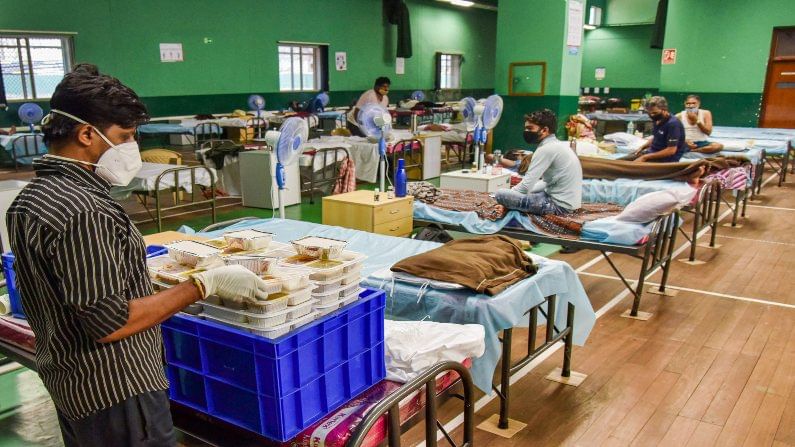COVID-19: West Bengal government to draft untrained rural doctors in the fight
In a 2016 report, WHO stated 57% of the allopathic doctors in India did not have any medical degree

Every morning, Nayan Sardar cycles to his chamber in Basanti in the Sundarbans in south Bengal, where at least a dozen patients wait for him. He uses masks and gloves and keeps a bottle of sanitiser handy when checking patients, most of whom are suffering from fever and upset stomachs.
“For those with fever, I prescribe paracetamol for three days and ask them to stay away from family members. If they develop further symptoms like loss of taste and smell and upset stomachs, I advise them to visit the hospital immediately,” said Sardar. The 44-year-old has a booming practice and his chamber is a two-storeyed one he also administers saline to those who need it.
Degree in commerce
Armed with a commerce degree from Kolkata’s City College, Sardar has been practicing medicine in Gosaba, about 75 km to the south of Kolkata. “Five of my patients have COVID now and are in the hospital,” said Sardar.
A few km away in the same block, Joydeb Haldar (22), who has passed the plus two level exam is treating patients – about 10 of them every day – but is yet to gain popularity like Sardar. “I get a few patients every day who suffer from fever. But since it is not possible to detect COVID just by looking at the patient from a distance, I prescribe tablets to treat the fever. It there is no remission, the patient is asked to report to the hospital immediately,” said Haldar.
2.5 lakh plus
Sardar and Haldar are not exceptions. Bengal has more than 2.5 lakh such medical practitioners who do not have a MBBS or any other recognised degree in medicine of any branch.
Faced with an alarming rise of the COVID patients in the state, the Mamata Banerjee government has decided to formally enlist the support of these untrained rural doctors – popularly referred to as quacks – in the fight against the surging infection.
The state’s health department will soon issue standard operating procedures for these untrained doctors, said government officials.
Swasthya Suraksha Bandu
“We can use this manpower. We can call them Swasthya Suraksha Bondhu instead of quacks,” said chief minister Mamata Banerjee referring to the untrained healthcare workers.
The decision was taken on May 5 at a meeting between the chief minister, chief secretary, health secretary, home secretary and district health officials to review the Covid situation in the state.
Pan-India scenario
In 2016 the World Health Organisation submitted a report where it stated that as many as 57% doctors practising allopathy in India did not have a recognised medical degree.
There was pronounced skewness in the distribution of health workers in the urban and rural regions in the country. Of all health workers, 59.2% were present in the urban areas, where only 27.8% of the population lived, and 40.8% were in rural areas, where 72.2% of the population used to stay.
Training
One of the ideas being considered by the Mamata Banerjee government is whether they could be taken through a crash course at block and sub-divisional hospitals on way of handling COVID-19 patients.
The government’s logic: while the doctors, both in the state-run and private sector hospitals, are stressed trying to combat the surge of infection, these practitioners are often the first point of contact for a vast majority of the people in rural and semi-urban areas, making them a vital part of the healthcare workers.
Network gains
“We have been using ASHA workers all along. Now we have planned to use the untrained medics quacks as they are spread in almost all villages and blocks,” said the health department official.
Welcoming the move, Partha Sarathi Mukherjee, public health expert and secretary of Liver Foundation, West Bengal, told the media: “These informal healthcare workers are the first point of contact for more than 70% of Bengal’s villagers. We have been working on their capacity building since 2007. We have trained some of them in three districts when the first Covid wave broke out in 2020.”
Galloping infection
The daily count of infections is on a steady march in Bengal for the past few weeks, a trend many experts feel has been fuelled by unbridled campaigning for an unprecedented eight-phase assembly elections in the state over March and April.
The count of fresh infections on May 6 stood at 18,431, a phenomenal 85 times more than the daily count of 216 on February 26, when the dates of election was announced.
On that day, the number of deaths in the past 24 hours all over the state was a mere 3 and the number of active cases 3,342. On May 6, these rose to 117 and 1,22,774 respectively.